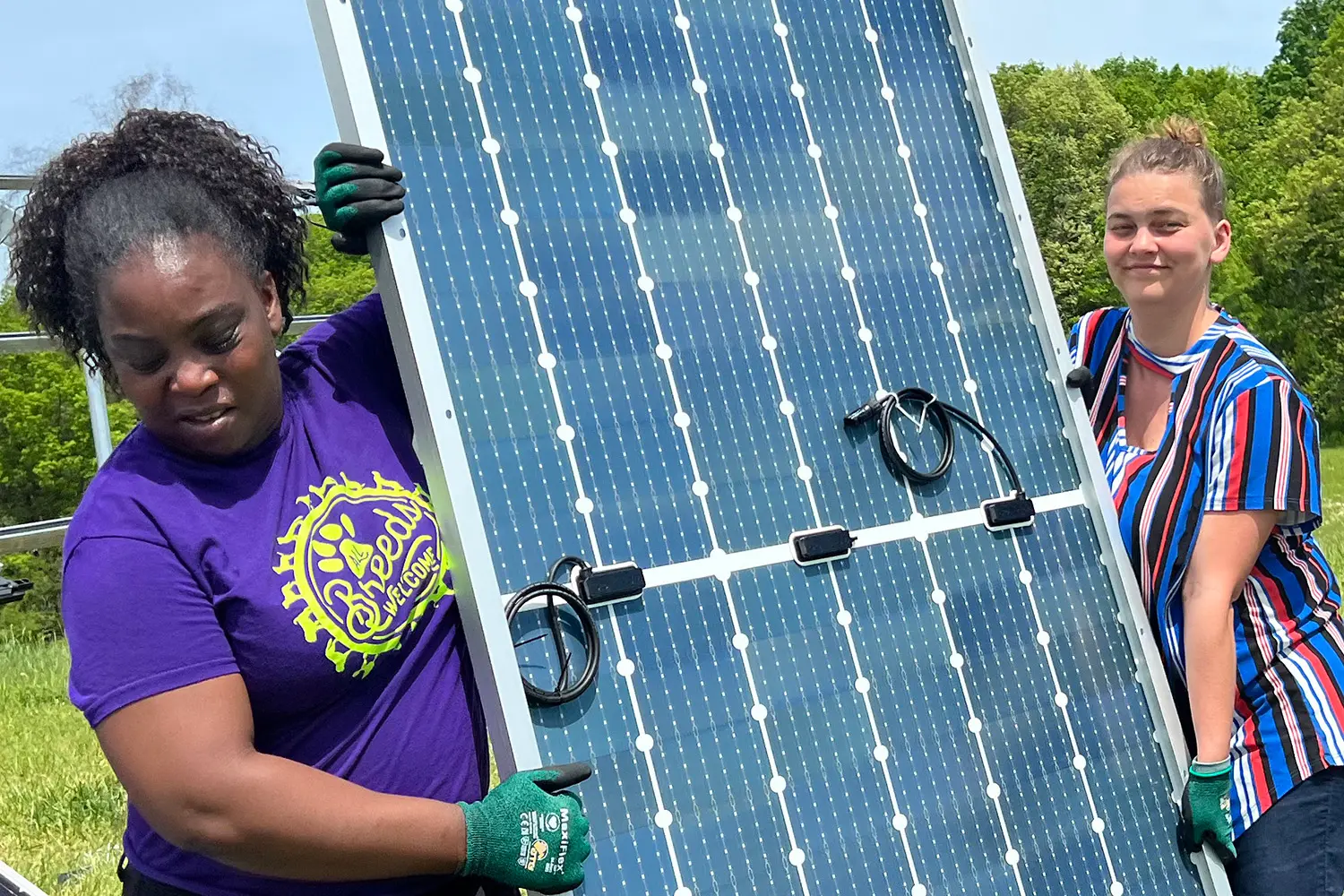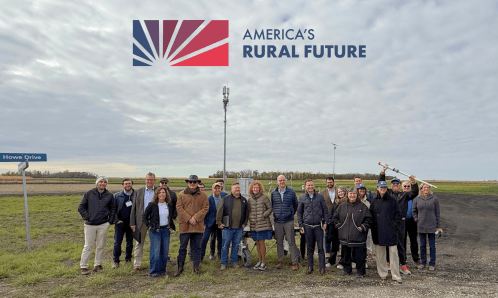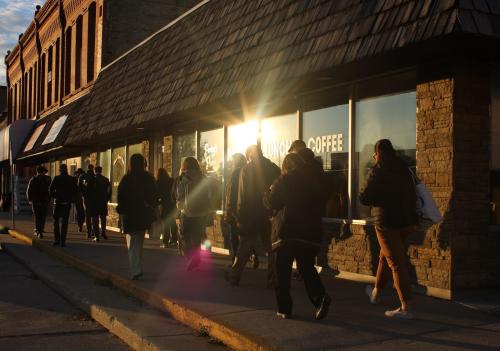As federal policymakers seek to strengthen national competitiveness in key strategic sectors and technologies, they are increasingly recognizing that locally led solutions are a critical path for spurring technology-led growth, mitigating climate change, strengthening national security, and addressing economic, racial, and geographic inequities.
This is the central premise of place-based economic policies like the $1 billion Build Back Better Regional Challenge (BBBRC)—a challenge grant administered by the Economic Development Administration (EDA) in the U.S. Department of Commerce. As the EDA’s signature American Rescue Plan Act (ARPA) recovery program, the BBBRC awarded between $25 million and $65 million each to 21 competitively selected regions. Over a period of up to five years, these investments will support the local development of nationally critical industries and technologies in ways that deliver economic opportunity to traditionally underserved people and communities.
Drawing on prior evidence and experience on what works in regional economic development, the BBBRC posited that catalytic public money, a focused cluster growth strategy, and a coordinated set of interventions are necessary to offer local economies—especially in lagging regions—the best chance for inclusive growth.1 In these ways, the BBBRC represents a new development in federal place-based economic policy—a theory of policymaking that seeks to benefit people and economies by targeting explicit geographies. It is an important policy experiment with a variety of important stakes and stakeholders, and thus represents a critical test and learning moment for a wide range of regional, state, and federal leaders.
In that context, Brookings Metro and the EDA formed a learning engagement to document early insights from the BBBRC’s implementation. To do so, Brookings Metro conducted in-depth case studies documenting the early implementation of the BBBRC in seven regions. These seven case studies, which accompany this report, document how coalitions came together around a shared cluster opportunity, identified and implemented projects, and organized themselves for sustained success.
This type of assessment aims to reveal critical early factors in operating a complex and ambitious effort, describe implementation barriers and success conditions, and assess whether and how the program has stimulated the kinds of decisions federal policymakers intended. As such, the current assessment is not an evaluation of the effectiveness of awardees’ efforts at driving long-term outcomes, but rather offers unique insights that come from the implementing organizations themselves.
This report distills those insights for regional practitioners, investors, and policymakers into seven lessons for launching and implementing inclusive, cluster-based economic development strategies (aimed primarily at local and regional leaders), as well as five implications for the future of place-based economic policy (aimed primarily at policymakers and investors).
Seven lessons to guide place-based economic development strategies
- Build a diverse cross-sector coalition: Cross-sector coalitions are critical to the success of place-based economic development strategies, offering and motivating a coordinating structure that enhances collaboration.
- Align the coalition around a shared call to action: Those cross-sector coalitions need a shared call to action that is inspired by a window of opportunity, grounded in diverse and inclusive participation, enabled by effective facilitation, and anchored in a credible assessment of “where we are as a region” and “where we can go together.”
- Source signature project ideas through technical analysis and civic outreach: Identifying signature projects to operationalize a regional strategy is a process with both technical and civic elements, each requiring specific capabilities.
- Select signature projects that together enhance productivity and equity: Well-crafted projects can enhance both productivity and equity—addressing barriers in a holistic way that differs from conventional economic development practice.
- Surge core operating capacity to successfully implement: Developing and deploying core operating capacity is foundational to early implementation.
- Develop evaluation tools to track and communicate impact: Determining the equitable impact of place-based policies requires new methods of performance measurement and strategic communication.
- Operationalize collaborative governance structures to manage and sustain the strategy: Effective regional coalitions need functional structures for collaborative governance to track progress, course correct, and secure and allocate additional investment over time.
Five implications for the future of place-based economic policy
- Appropriate at scale: The BBBRC catalyzed a tremendous bottom-up response, which Congress can replicate with full appropriations for key place-based policies.
- Invest in local capacity: Greater leadership development and capacity-building are necessary for successful implementation of place-based policies.
- Coordinate across federal agencies: Cross-agency coordination and alignment can ensure multiple programs come to ground successfully in places.
- Make equity core: Place-based policies should center equity in their processes, designs, and objectives.
- A whole-of-country approach is needed: Sustaining place-based investments is a whole-of-country undertaking involving state governments, philanthropy, universities, and corporations.
Going forward, the implementation framework presented here, the BBBRC case study insights, and the more general policy implications comprising this report provide both peer-to-peer and “bottom up” signals to local and federal stakeholders for making sure place-based economic policy takes hold and succeeds in the coming years.
EDA case study series




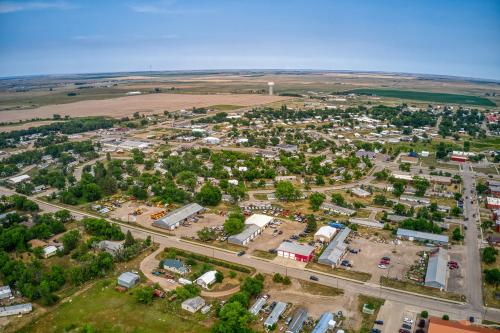
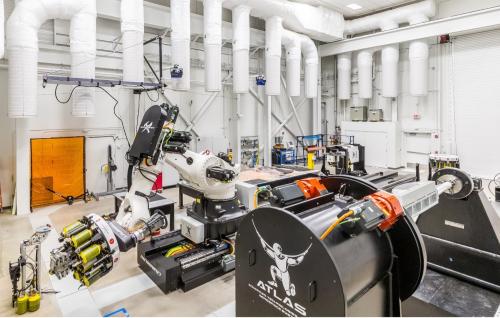
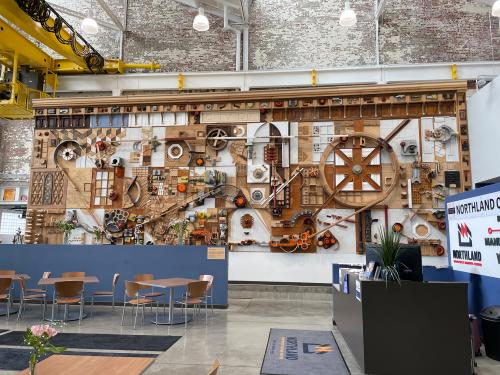
-
Acknowledgements and disclosures
The Brookings Institution is a nonprofit organization devoted to independent research and policy solutions. Its mission is to conduct high-quality, independent research and, based on that research, to provide innovative, practical recommendations for policymakers and the public. As such, the conclusions and recommendations of any Brookings publications are solely those of its authors, and do not reflect the views of the Institution, its management, or other scholars.
Brookings recognizes the value it provides in its absolute commitment to quality, independence, and impact. Activities supported by its funders reflect this commitment.
The authors thank Alex Jones, Bernadette Grafton, Ilana Valinsky, Ryan Zamarripa, Suyog Padgaonkar, Scott Andes, and Justin Tooley from the Economic Development Administration for their insights into the Build Back Better Regional Challenge and for their guidance throughout the development of this case study series. For their comments and advice on drafts of this paper, the authors also thank our colleagues Rachel Barker, Alan Berube, Lavea Brachman, Xavier de Souza Briggs, Hanna Love, Robert Maxim, Tony Pipa, and Mayu Takeuchi, as well as Sara Lawrence (RTI International), and Sarah Crane (University of Michigan). The authors also thank all local leaders, community-based organizations, economic development practitioners, regional intermediaries, industry representatives, and other coalition members who participated in informational interviews and site visits throughout this project, and who provided feedback on the research insights and policy recommendations detailed in this report.
This report was prepared by Brookings Metro using federal funds under award ED22HDQ3070081 from the Economic Development Administration, U.S. Department of Commerce. The statements, findings, conclusions, and recommendations are those of the author(s) and do not necessarily reflect the views of the Economic Development Administration or the U.S. Department of Commerce.
About Brookings Metro
Brookings Metro collaborates with local leaders to transform original research insights into policy and practical solutions that scale nationally, serving more communities. Our affirmative vision is one in which every community in our nation can be prosperous, just, and resilient, no matter its starting point. To learn more, visit www.brookings.edu/metro.
-
Footnotes
- Liu, A. (2016). Remaking economic development: The markets and civics of continuous growth and prosperity. Brookings Metro. Retrieved from https://www.brookings.edu.
The Brookings Institution is committed to quality, independence, and impact.
We are supported by a diverse array of funders. In line with our values and policies, each Brookings publication represents the sole views of its author(s).



